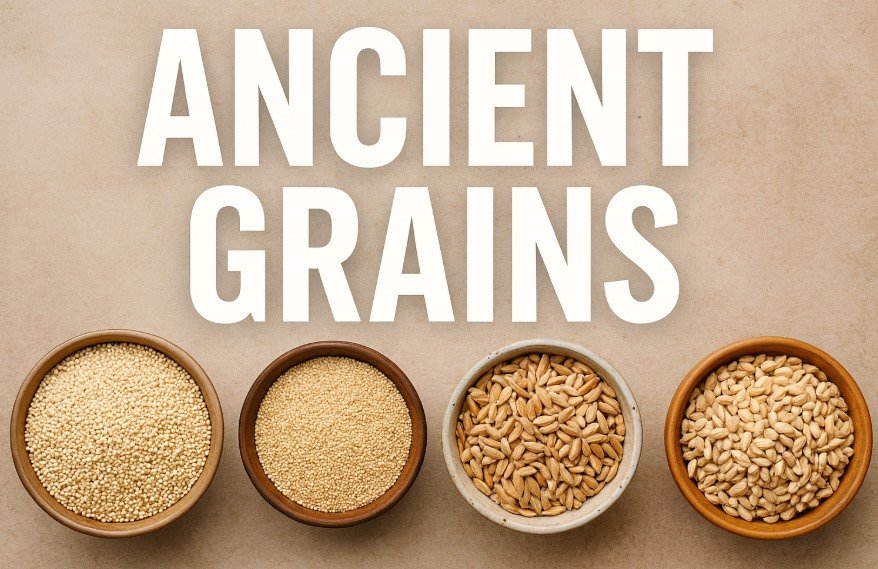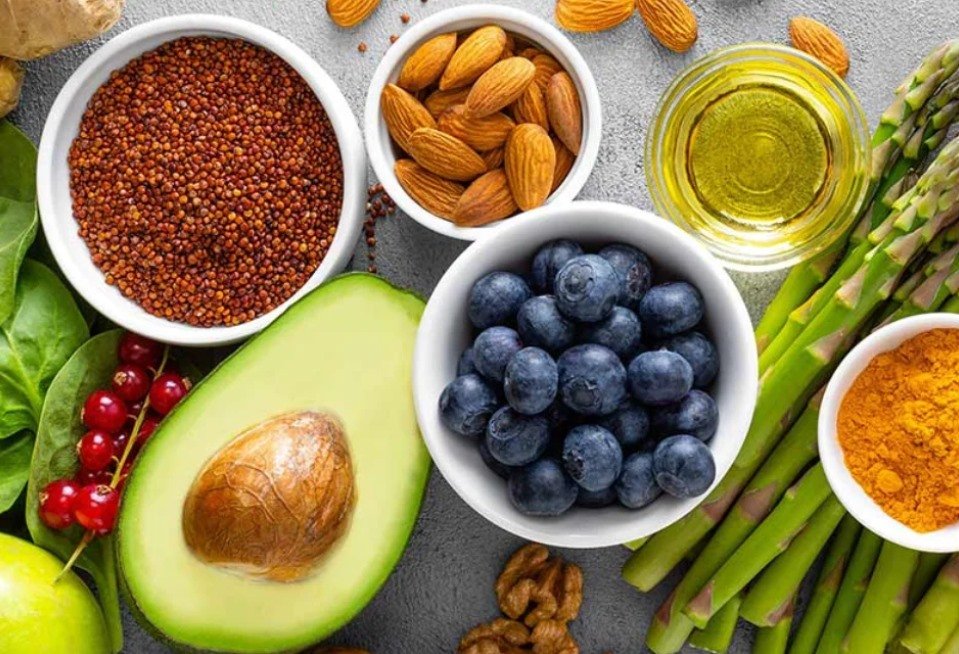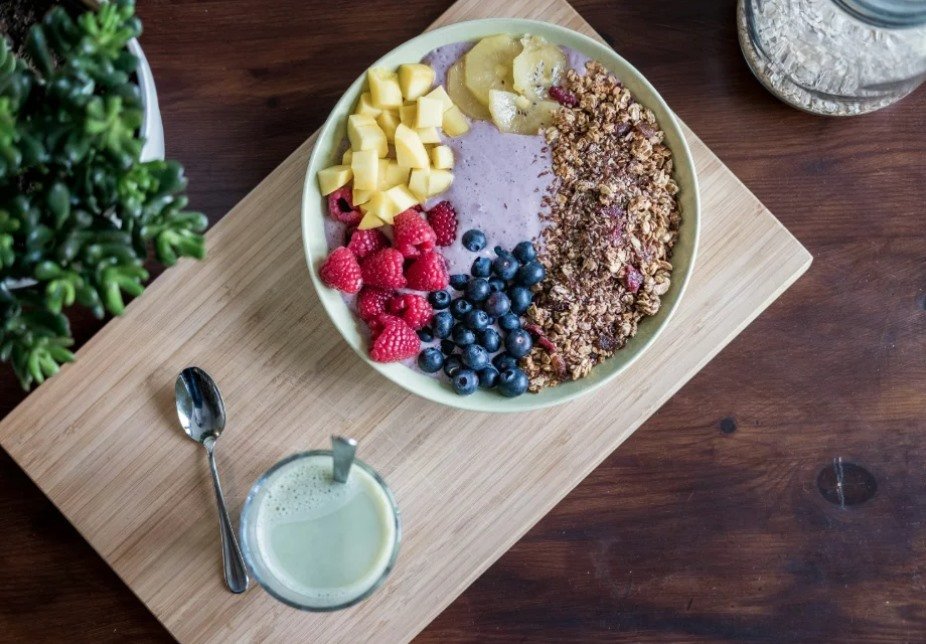
Whole grains are an important part of a balanced diet. They provide fiber, vitamins, and minerals that support overall health. While rice, oats, and wheat are commonly used in many homes, there are many other grains that have been grown and eaten for centuries. These are often called ancient grains. They are valued for their nutrition, variety, and unique flavors. In this article, we will look at ancient grains that deserve a spot in your pantry, why they are important, and how you can use them in your daily meals.
What Are Ancient Grains
Ancient grains are grains that have been grown and consumed for thousands of years. Unlike modern grains that are often processed and bred for higher yields, these grains have remained mostly unchanged over time. They are naturally rich in nutrients and often less refined. Ancient grains that deserve a spot in your pantry include quinoa, millet, farro, amaranth, spelt, teff, and barley. Each one has its own taste, texture, and nutritional benefits.
Quinoa
Quinoa is one of the most popular ancient grains worldwide. It comes from South America and is known for being a complete source of protein. This means it contains all the essential amino acids the body needs. Quinoa is also gluten-free, which makes it suitable for people with gluten sensitivity. It cooks quickly and can be used in salads, soups, or as a substitute for rice. Including quinoa is one of the easiest ways to enjoy ancient grains that deserve a spot in your pantry.
Millet
Millet is a small, round grain that has been used for thousands of years in Asia and Africa. It is gluten-free and very versatile. Millet can be cooked as porridge, used in flatbreads, or added to soups and stews. It has a mild flavor that works well with both sweet and savory dishes. Millet is rich in magnesium, phosphorus, and antioxidants. Its affordability and nutritional value make it one of the practical ancient grains that deserve a spot in your pantry.
Farro
Farro is an ancient wheat grain that has been a staple in Mediterranean diets for centuries. It has a chewy texture and nutty taste. Farro is high in fiber, protein, and minerals such as iron and magnesium. It is often used in salads, soups, and grain bowls. Cooking farro takes longer compared to quinoa or millet, but its hearty texture makes it a satisfying addition to meals. For those who can tolerate gluten, farro is one of the most wholesome ancient grains that deserve a spot in your pantry.
Amaranth
Amaranth was once a sacred food of the Aztecs and is still valued today. It is a small grain that becomes slightly sticky when cooked. Amaranth is rich in protein, calcium, and iron. It can be used in porridge, baked goods, or even popped like popcorn. Its high nutritional profile makes it especially useful for vegetarians and people looking to add variety to their meals. Amaranth is another excellent example of ancient grains that deserve a spot in your pantry.
Spelt
Spelt is another ancient type of wheat that has been used for thousands of years in Europe. It has a mild, slightly sweet flavor. Spelt flour is commonly used in baking bread, pasta, and pastries. It is rich in fiber, protein, and essential nutrients such as manganese and niacin. While it does contain gluten, many people find spelt easier to digest than modern wheat. Spelt is versatile, making it one of the most practical ancient grains that deserve a spot in your pantry.
Teff
Teff is a tiny grain that comes from Ethiopia. It is most commonly known as the main ingredient in injera, a traditional Ethiopian flatbread. Teff is gluten-free and rich in iron, calcium, and resistant starch, which can support digestion. It can be used as flour for baking or cooked as porridge. Its small size makes it quick to cook and easy to mix with other grains. Teff is highly nutritious and one of the ancient grains that deserve a spot in your pantry if you are looking for something new and versatile.
Barley
Barley has been cultivated for thousands of years and is one of the oldest known grains. It has a chewy texture and a mild, nutty flavor. Barley is high in fiber, particularly beta-glucan, which is linked to supporting healthy cholesterol levels. It can be used in soups, stews, and salads or enjoyed as a warm breakfast cereal. Pearl barley is common in stores, but hulled barley contains more fiber and nutrients. With its wide availability and affordability, barley is one of the easiest ancient grains that deserve a spot in your pantry.
Why Ancient Grains Are Beneficial
Adding ancient grains to your meals can offer several advantages. First, they increase variety in your diet by providing different flavors and textures compared to modern grains. Second, they are nutrient-dense, offering protein, fiber, vitamins, and minerals. Third, many of them are gluten-free, which provides more options for people with dietary restrictions. Finally, these grains are versatile and can be used in many types of dishes, from breakfast to dinner. These benefits explain why ancient grains that deserve a spot in your pantry should not be overlooked.
How to Use Ancient Grains in Daily Meals
Using ancient grains is simple once you learn basic cooking methods. Most of them can be cooked by boiling in water or broth until soft. Quinoa, millet, and amaranth cook quickly, while farro and barley take longer. You can prepare a batch ahead of time and store it in the refrigerator for use throughout the week. Ancient grains can be added to salads, used in soups, or enjoyed as a side dish instead of rice or pasta. They can also be made into porridge for breakfast or used in baking for bread and muffins. Experimenting with recipes is the best way to find out which grains fit your taste and lifestyle.
Buying and Storing Ancient Grains
Many grocery stores now carry ancient grains in the grain or health food section. They are also available online and at specialty food stores. When buying, look for whole grain versions instead of refined options to get the most nutrition. Store them in airtight containers in a cool, dry place. For longer storage, you can keep them in the refrigerator or freezer to prevent spoilage. Proper storage ensures you always have ancient grains that deserve a spot in your pantry ready for use.
Budget-Friendly Options
Some ancient grains, such as quinoa and teff, can be more expensive than common grains. However, others like barley and millet are usually very affordable. Buying in bulk can also reduce costs. Since these grains are filling and nutritious, even a small amount can make a meal satisfying. Balancing more affordable ancient grains with occasional use of pricier ones is a smart way to enjoy variety without overspending.
Final Thoughts
Ancient grains are not just a trend. They are foods that have been part of human diets for centuries and continue to offer nutrition and variety today. Quinoa, millet, farro, amaranth, spelt, teff, and barley are some of the best examples of ancient grains that deserve a spot in your pantry. They are versatile, healthy, and easy to include in everyday meals. Whether you want to explore new flavors, improve your nutrition, or simply add more options to your kitchen, ancient grains are a smart choice. With a little planning and creativity, they can become an enjoyable and regular part of your diet.


